
Founded 1861
450 Washington Street
Boston 11, Massachusetts
HUbbard 2-2700
Jordan Marsh Company
Eben D. Jordan (1822-1895) was one of nine children of Ebenezer Jordan, whose family immigrated to the United States in the 1640s from Devon, England, and settled on a farm in Danville, Maine. Eben's first ancestor to set foot on American soil was a Church of England clergyman who adopted the family motto: "As for me and my house, we shall serve the Lord!" Eben Jordan fulfilled a dream in 1836 by leaving his parents' home and sailing for Boston, Massachusetts (with $1.25 in his pocket) in 1836 where he further dreamed of becoming a merchant, but only found work on a Roxbury farm.
Realizing that his future did not lay in farm work, within three years found employment in the dry goods business of William P. Tenney & Son on the corner of Prince and Salem streets, After several years at this position, he took a higher-paying job with Daniel Pratt, another Boston merchant. Here his industriousness was noticed by Joshua Stetson, owner of a nearby Hanover Street store, who set young Eben Jordan up in a shop at 168 Hanover Street in the busy Massachusetts capitol. Years later, when asked what the secret to his success was, Jordan replied "Work, work, work."
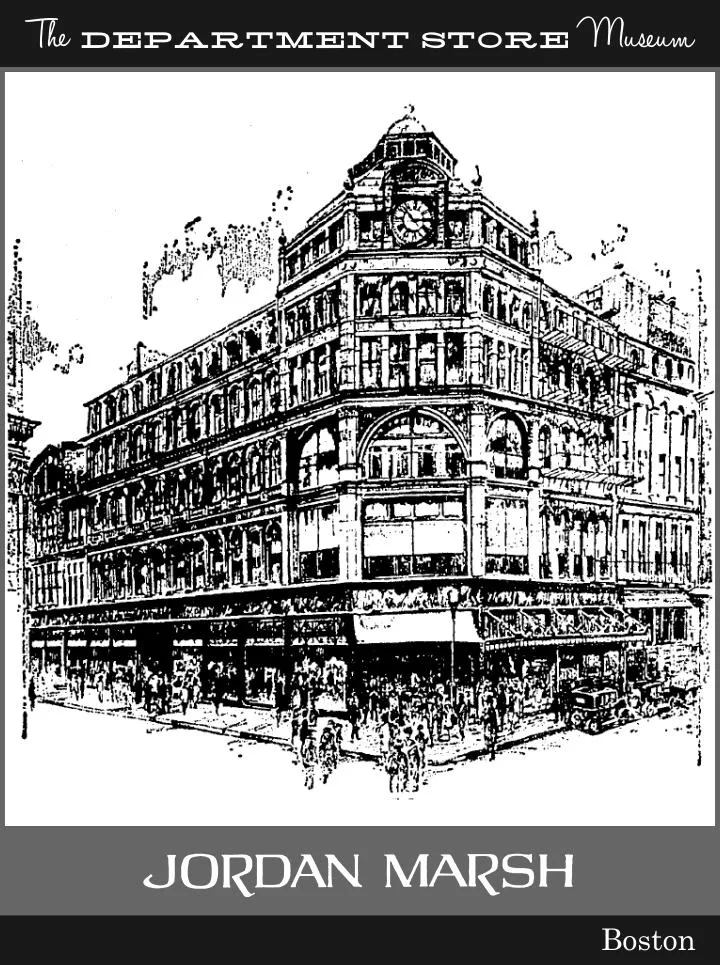

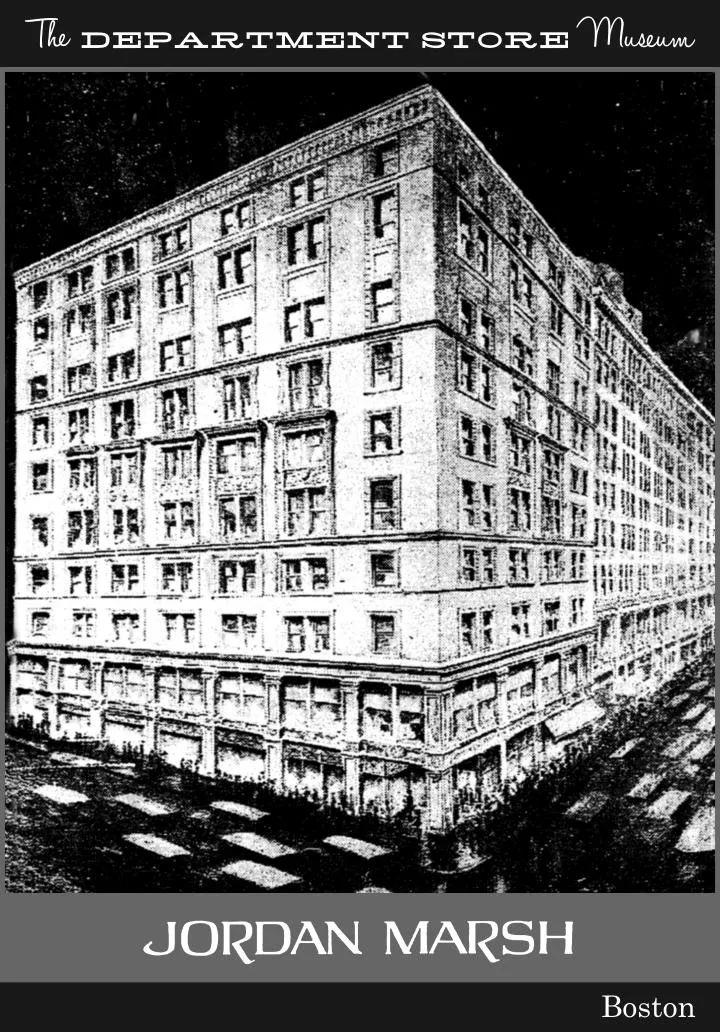

History
It was at the Hanover Street premises that a famous incident, in which his young friend Louisa Bareiss waited outside to buy a length of cherry-red ribbon, thus becoming his first customer, occurred. Yet, the actual founding of the famous store that bore Eben Jordan's name had to wait ten years. In the interim, Jordan left the shop to be employed in James M. Beebe's store in order to learn more about buying and importing.
In 1851, on January 20th, Eben Jordan entered partnership with his like-minded friend, Benjamin L. Marsh, and the store, known as Jordan & Marsh was opened. This event marked the founding of the store that would grow to become the largest retail organization in New England. Its first location was at 129 Milk Street, where it stayed until 1856, when it relocated to 18-20 Pearl Street.
With his knowledge of importing, Jordan embarked on a European buying trip that had enormous consequences. The young merchant so impressed a London businessman that he was offered an unlimited line of credit to finance the store's import business; from that time on, Jordan's was known for scouring the world's far-flung markets for merchandise for its Boston customers.
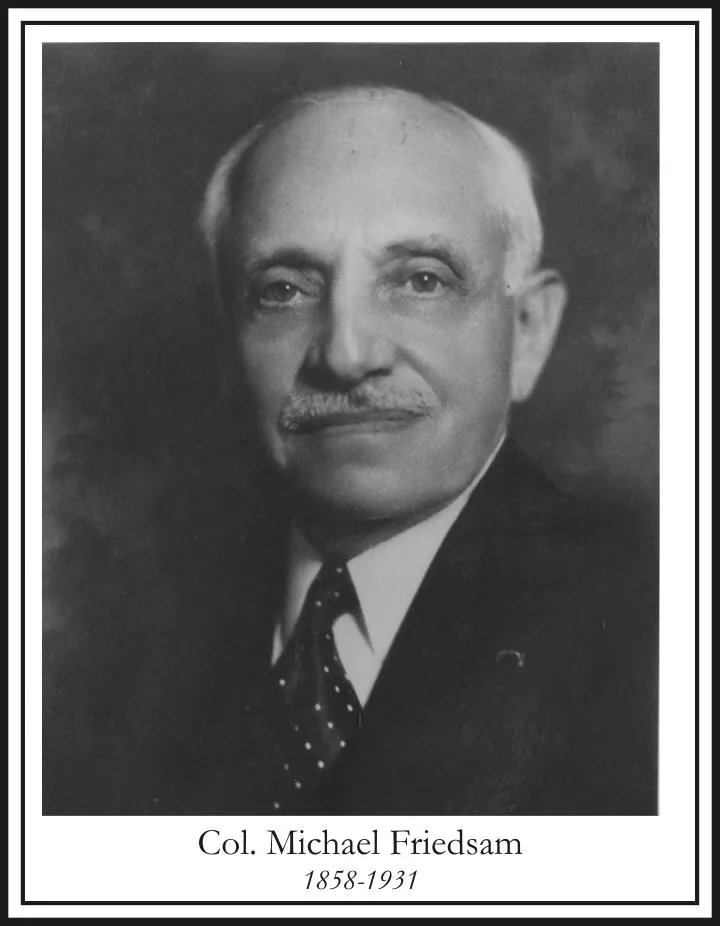

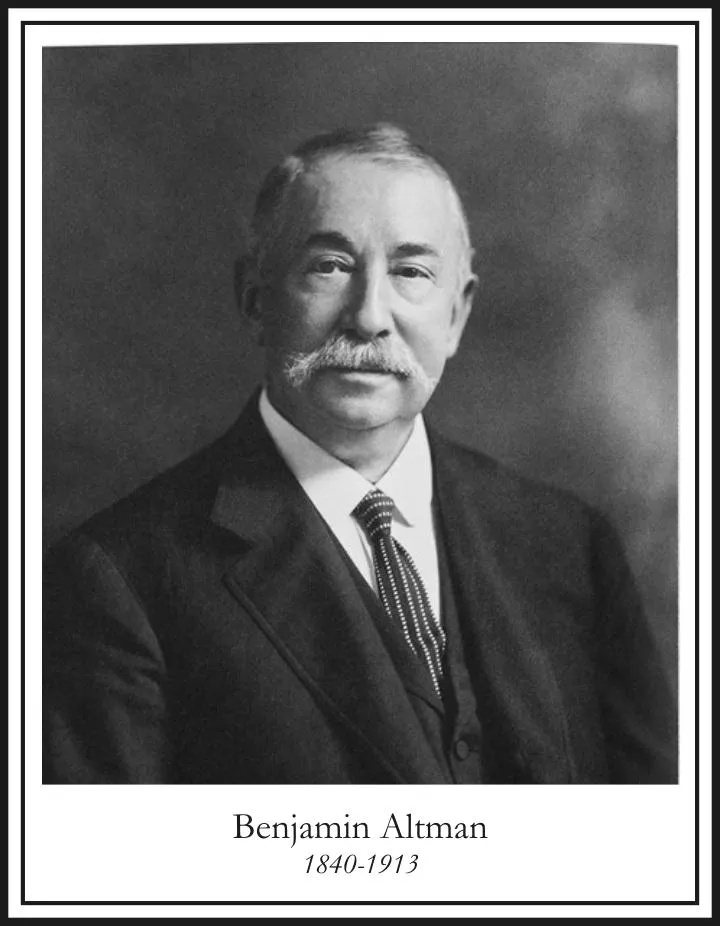
In 1857, the economy was thrown into a severe recession, and yet another famous episode in the store's history occurred. As the panic consumed one business after another, Jordan took action, He slashed his prices in half, enticing despondent customers to buy, and keeping Jordan's afloat, though at the cost of profits. The bright spot in this trying year was the birth of Jordan's son, Eben Jr. Two years later, the store, now known as Jordan, Marsh & Company, moved to a fine new building on Winthrop Square, but the need for more space led Jordan, in 1861 to purchase the business of George W. Warren & Co, at 450 Washington Street, the address that Jordan Marsh Company carried throughout its existence.
The Washington Street location became the Jordan, Marsh & Company retail division, while the wholesale part of the business remained in Winthrop Square until it was moved in 1871 to a new building on adjacent Avon Street site that formerly housed the burnt-out Adelphi Theatre. The move was fortunate since the whole of Winthrop Square was destroyed by the disastrous Boston fire of 1872. Eventually, though, the wholesale business was dropped and the store acquired more space along Washington and Avon Streets. In 1880, the iconic corner portion of the store was built with its familiar clock tower.
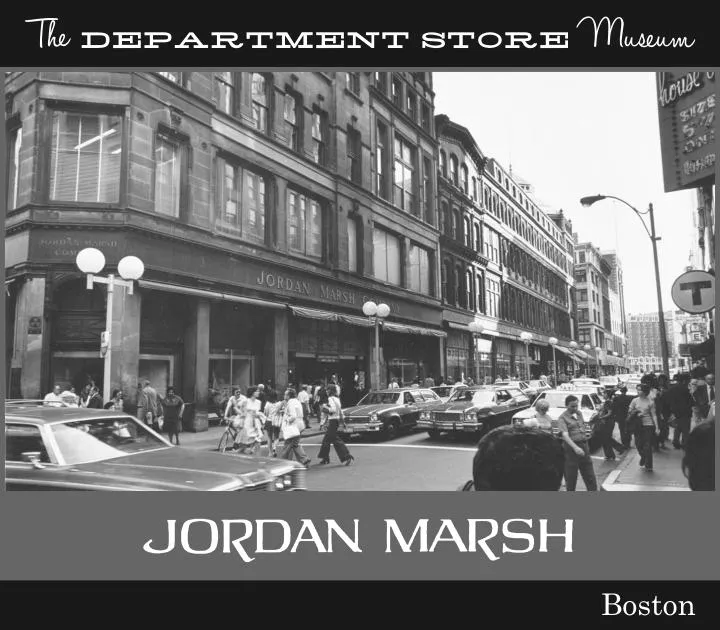

Eben Jordan passed away in 1895, but nothing could stop the growth of the store that bore his name. A fine, marble-faced annex building was built in 1898 across Avon Street, and linked to the main store by a marble-lined subway. In 1901, Eben Jordan Jr. (1857-1916) assumed the presidency, and in the same year, the business was incorporated as the Jordan Marsh Company, a name it held held ever since.
Another famous name in Jordan Marsh history, that of Edward J. Mitton (1847-1913), had been associated with the store from the time of the move to Washington Street. At the time, Mitton was a young errand-boy, but by 1901 had risen to the vice-presidency of the large and respected store. The combination of the younger Jordan and Mitton produced many innovations: Mitton introduced the first charge accounts, the basement store, and the well-loved annex store for home furnishings which was expanded in 1911. Eben Jordan Jr., for his part, expanded Jordan Marsh into a complete department store and carried on the not inconsiderable philanthropic tradition of his father by building the Boston Opera House and financing the New England Conservatory of Music, where Jordan Hall was named in his honor.
Mitton's son George W. Mitton (1897-1947) assumed the presidency after Eben, Jr.'s death, and carried on the store's tradition of growth and innovation. Under the younger Mitton, distinctions between management and workers, all to be known as Jordan Marsh "fellow workers" going forward. A club honoring 25-year emplyees was founded, and the store's physical plant was expanded in 1922 by the purchase of the A. Shuman apparel store on the corner of Washington and Summer streets, to house Jordan's Store for Men, and the 1925 acquisition of competitor C. F. Hovey & Co. on the same block. Hovey's operated independently until 1947, when the business was incorporated into the bigger store.
Jordan Marsh became a leading unit of the Hahn Department Stores chain in 1928, and remained such when Allied Stores succeeded it in 1935. A plan to rebuild the whole store was discussed before the Great Depression and World War II had to be put on hold as a result of the emergencies.
Edward R. Mitton ( -1973 ) became president of Jordan Marsh in 1937, and it was he who fulfilled his father's dream of connecting the Main Store to the Annex with a three-level bridge across Avon Street. After the war, in 1947 Jordan Marsh announced that it would replace its old buildings with "the only store of its kind in all the world" that would tower 14 stories over Boston. Though the whole store would be new, it would carry on New England tradition in its classical brick facades trimmed in limestone. Innovation took the form of continuous show windows, heated sidewalks, and a stainless-steel marquee to shelter shoppers from unpredictable Boston weather.
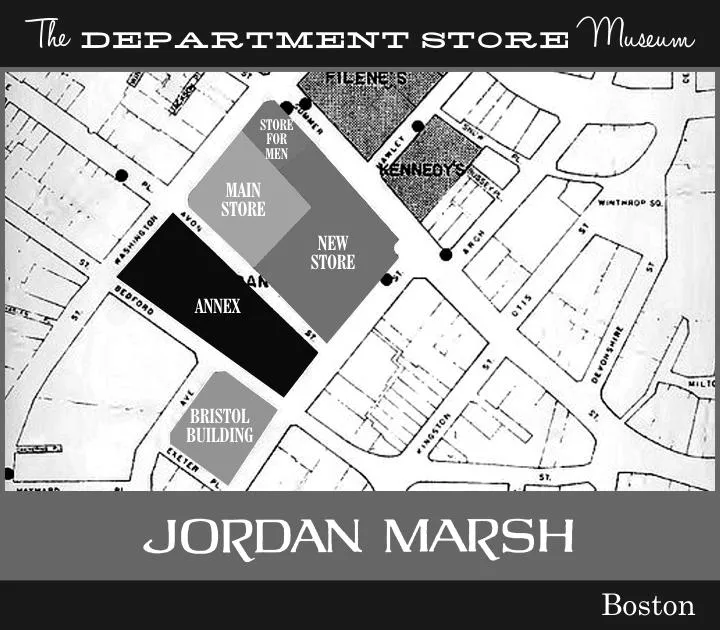
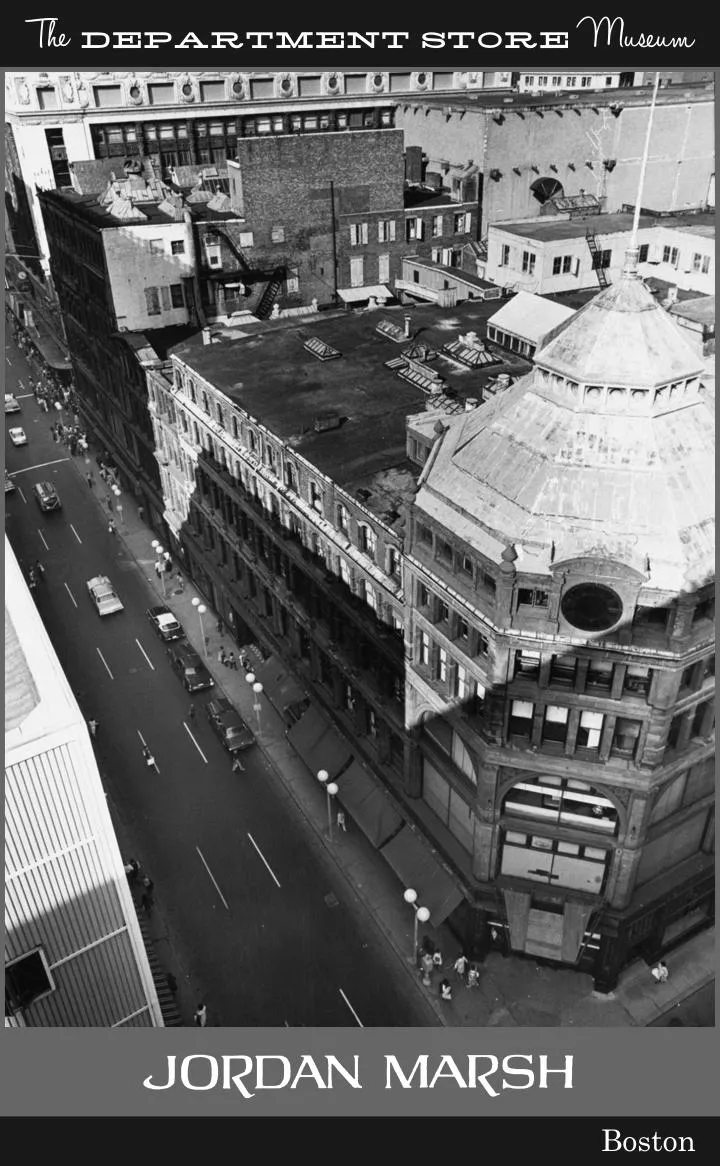
The first unit of the new store, at the corner of Summer and Chauncey streets) was completed in October of 1949, and another (along Summer Street) followed for Jordan Marsh's centennial year of 1851. The final unit to be constructed (on Avon Street) was completed in 1957. Jordan Marsh's suburban growth, and the subsequent stagnation in downtown Boston retail sales, put an end to Mitton's dream of a completely new Jordan Marsh store. The store operated until 1975 as a conglomeration of old and new structures cobbled together: The old Main Store on the corner of Washington and Avon streets, the New Store at Summer and Chauncey streets, the Store for Men at Washington and Summer, the Annex across from the Main Store and the so-called Bristol Building that housed the Budget store home furnishings division on its first floor.
In 1975, Allied stores and the Boston Redevelopment Authority proposed demolishing all of the old Jordan Marsh buildings and expanding the newer portions with a bland brick box that would replace the old "Schuman Corner." Shorn of the well-loved Annex, a consolidated and remodeled Jordan Marsh would be connected to a new multi use facility along Washington Street known as Lafayette Place.
Jordan Marsh carried on in this form, surviving the demise of Allied Stores and ultimately becoming a part of the new Federated Department Stores after the Campeau debacle. Unlike its competitor FIlene's, which was closed in the 2005 merger between Federated and May Department Stores, Jordan Marsh survived, but it's name was eventually changed to Macy's, and it is in this form that the abbreviated Boston store survives to the present.

Branch Stores
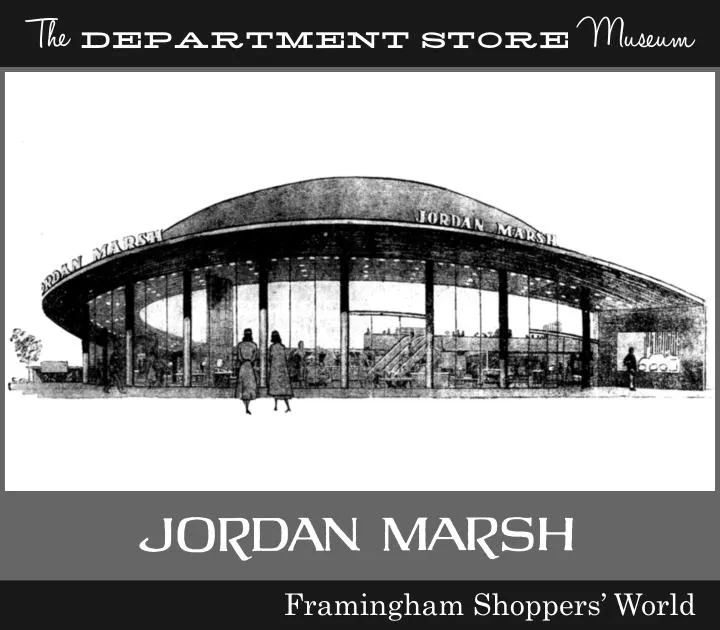
Framingham
Shoppers' World
October 4, 1951
Expanded to 349,000 sq. ft.
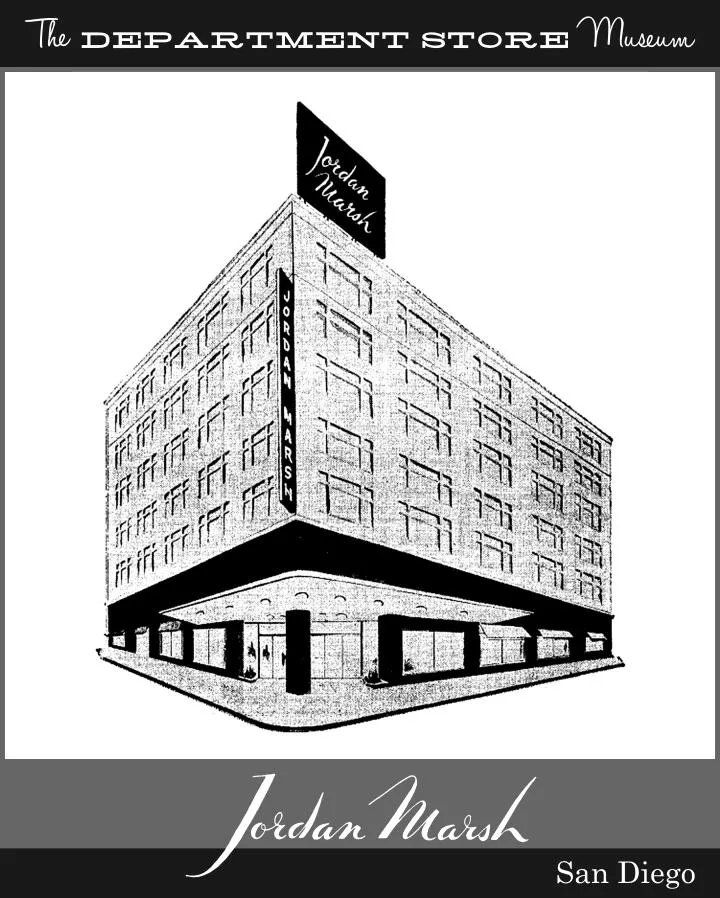
San Diego, CA
6th Ave. & 'C' Street
January 27, 1954
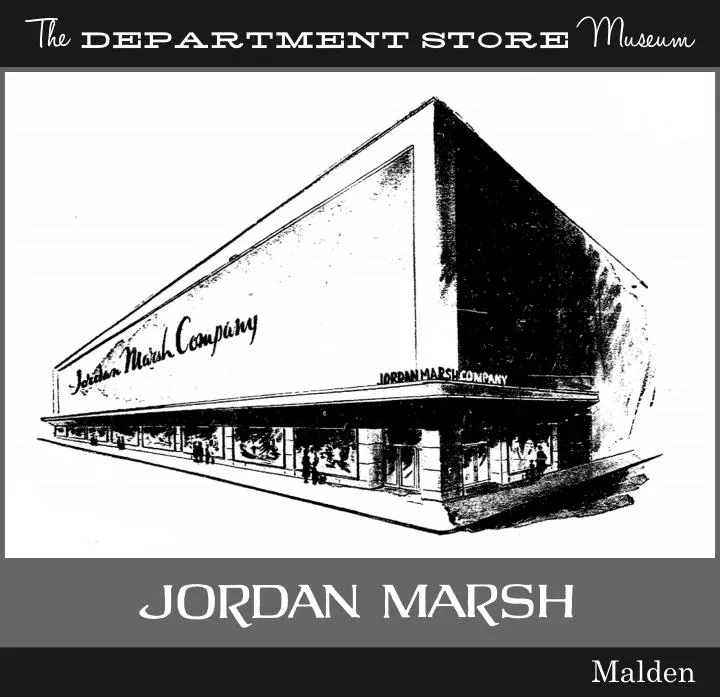
Malden
Middlesex & Pleasant Streets
April 17, 1954
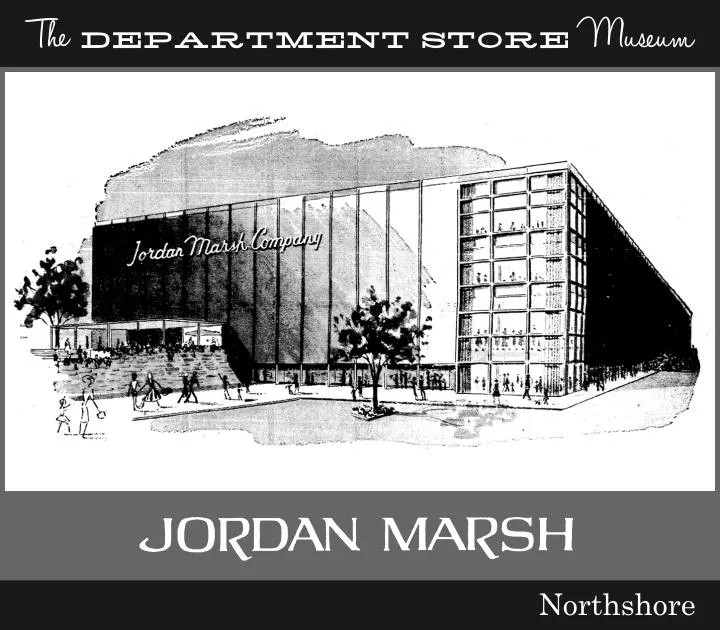
Peabody
Northshore Shopping Center
August 1, 1958
244,000 sq. ft.
Expanded to 371,000 sq. ft.
The Skyline Restaurant
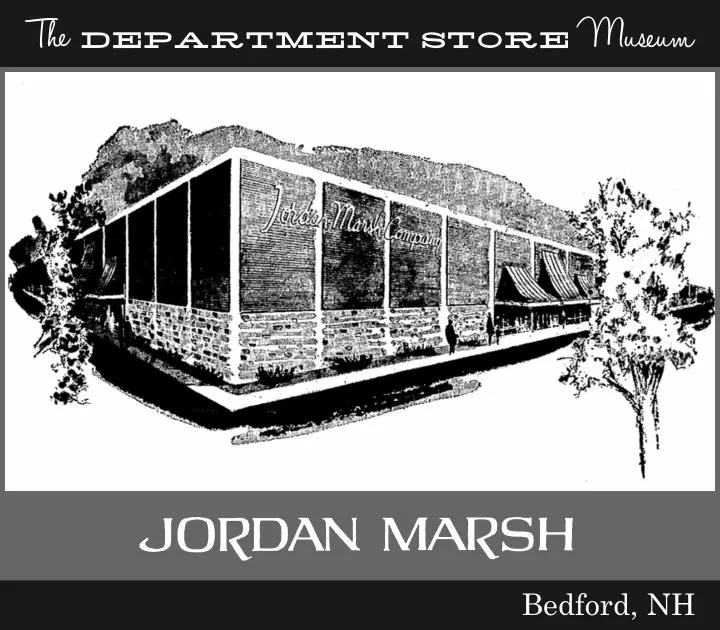
Bedford, NH
Rtes. 3, 101, &193
October 1, 1966
244,000 sq. ft.
The Provincial Room
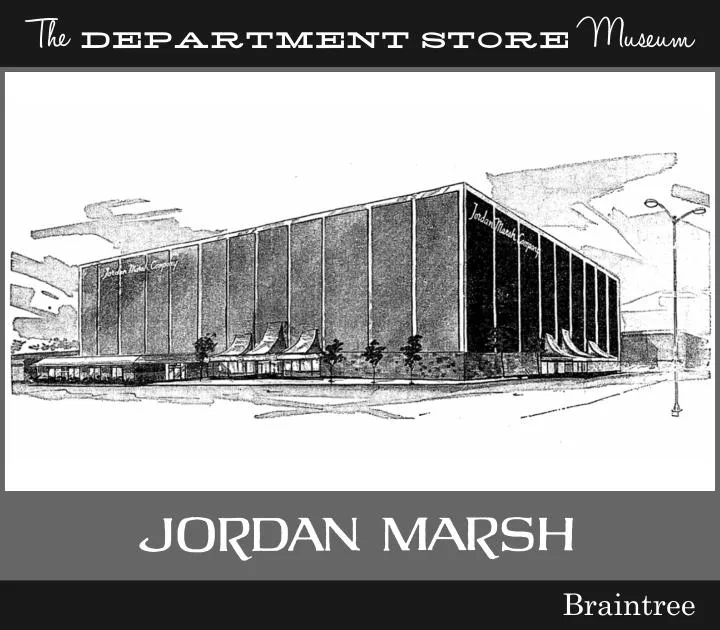
Braintree
Southshore Shopping Center
September 30, 1967
311,000 sq. ft.
The Heritage Room
Coffee Shop
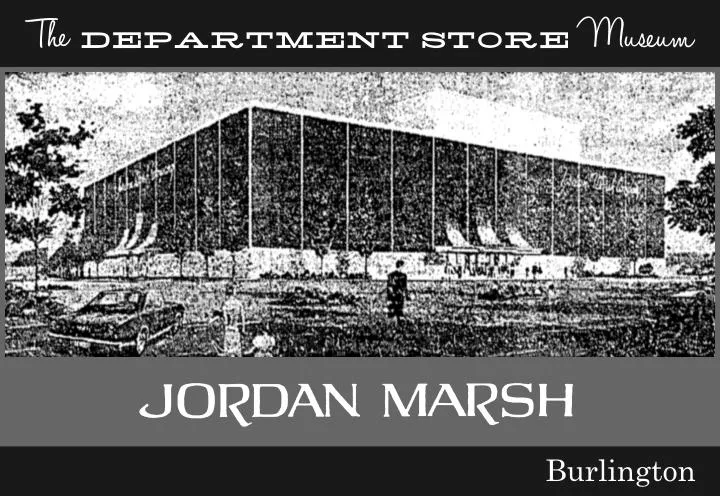
Burlington
Burlington Mall
July 28, 1968
255,000 sq. ft.
The Heritage Room
Coffee Shop
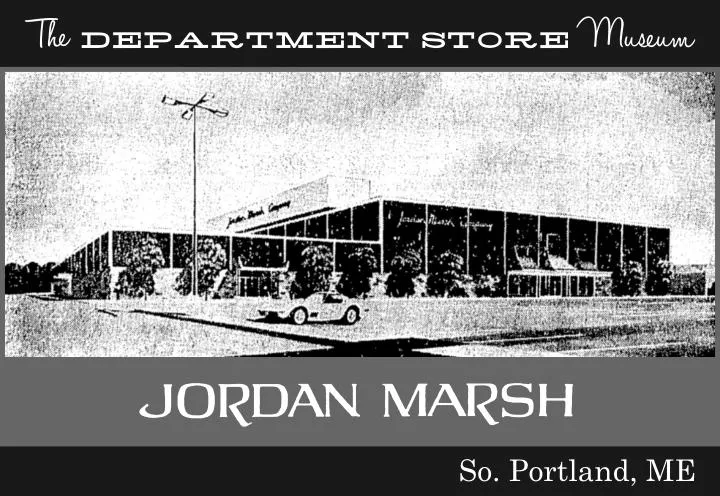
Portland, ME
Maine Mall
1969
194,000 sq. ft.
The Rocky Coast Restaurant
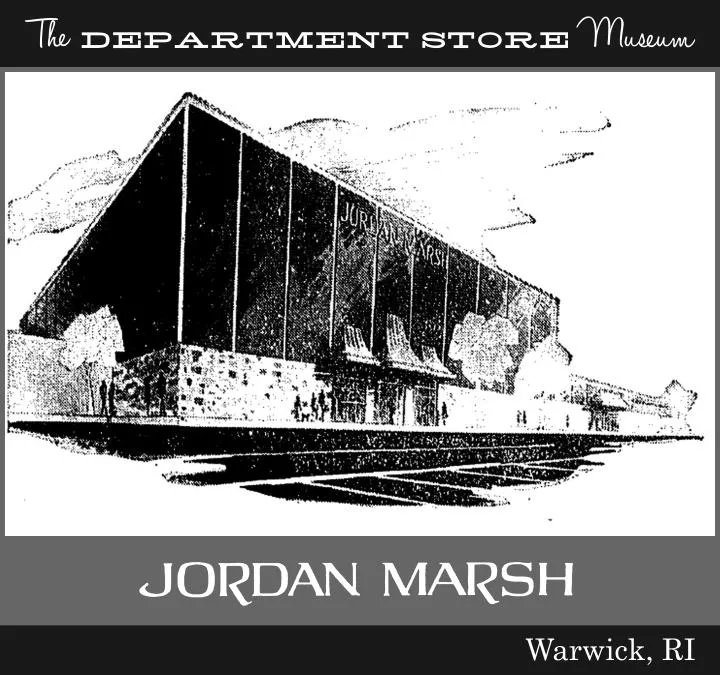
Warwick, RI
Warwick Mall
July 29, 1970
326,000 sq. ft.
The Greenwich Room
Snack Bar

Worcester
Worcester Center
July, 1971
310,000 sq. ft.
The Red Lantern Restaurant
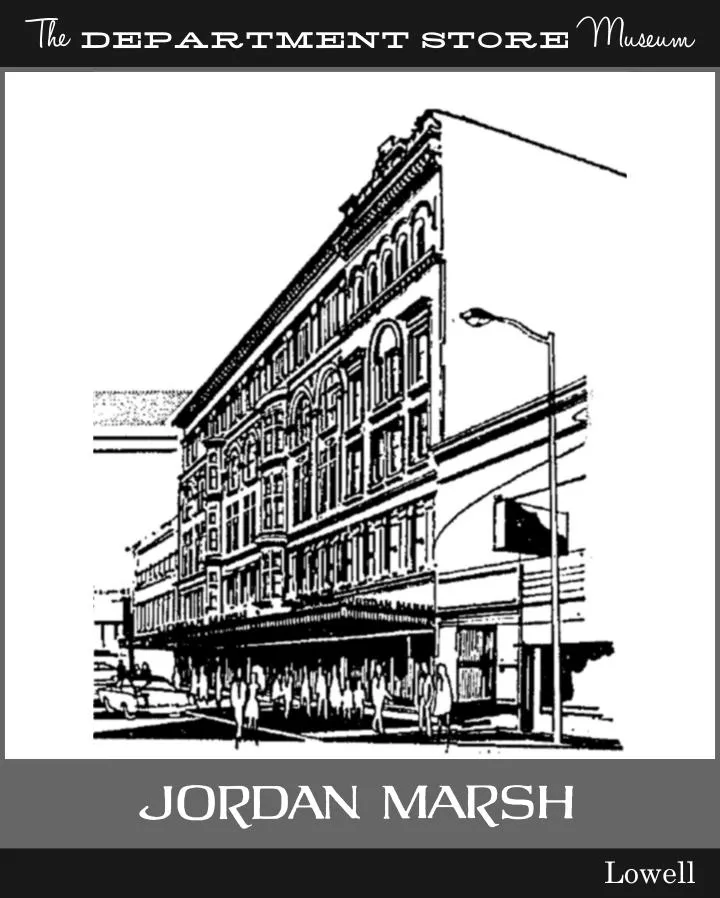
Lowell
Merrimack Street
February 1, 1976
100,000 sq. ft.
Former Bon Marche

Lowell
Merrimack Street
February 1, 1976
Former Bon Marche
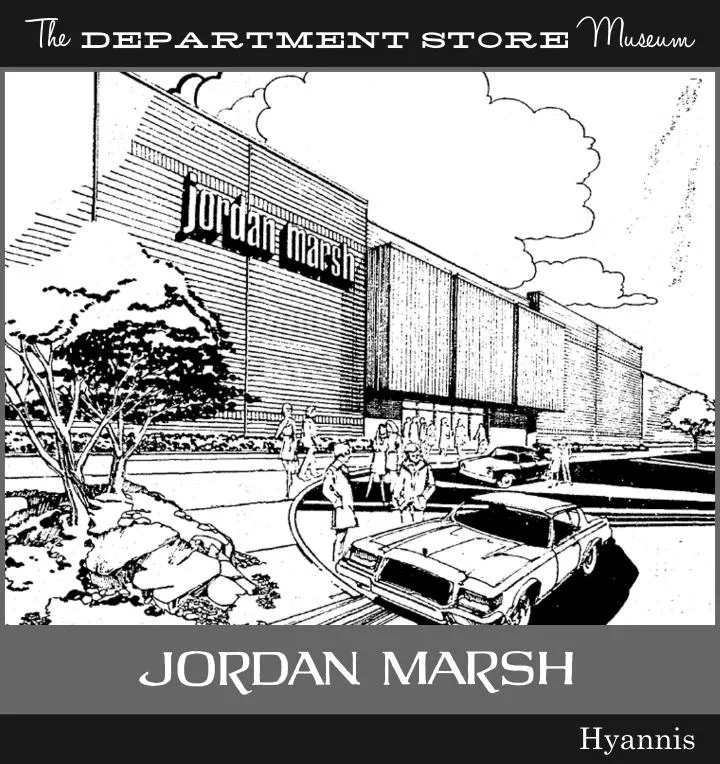
Hyannis
Caape Cod Mall
May 4 1978
119,000 sq. ft.
